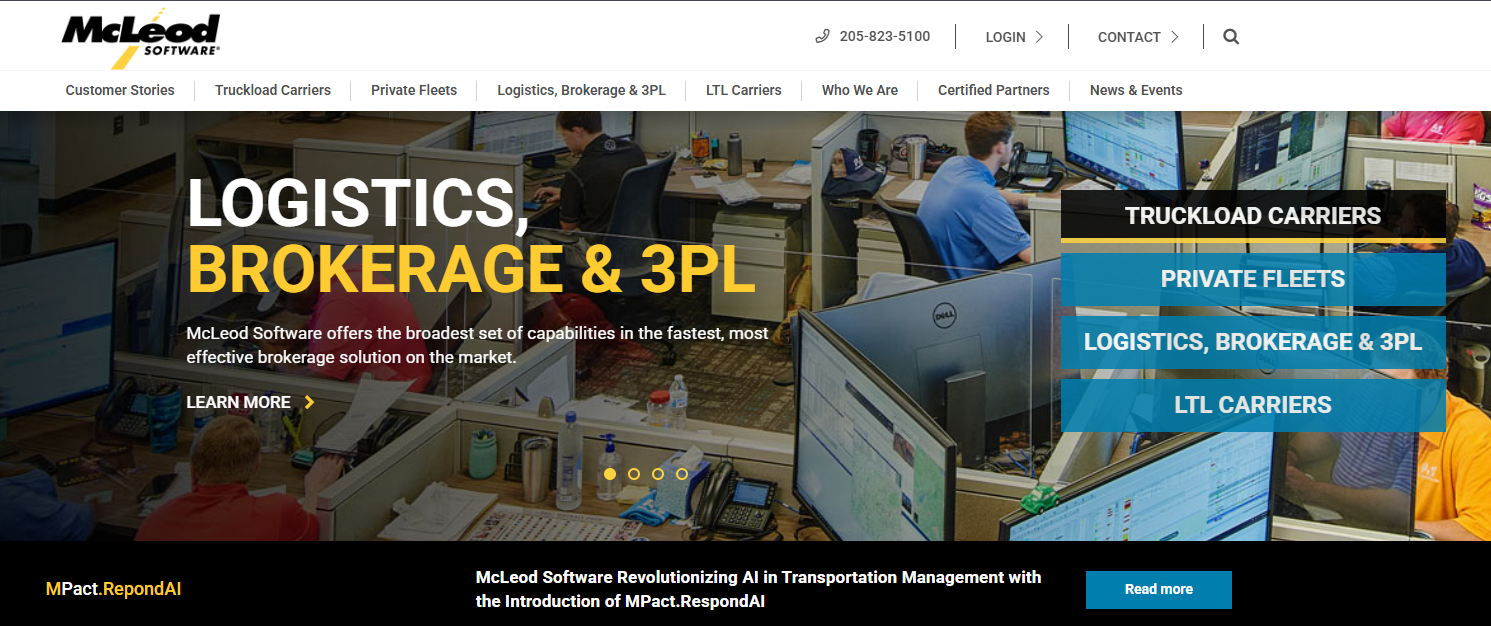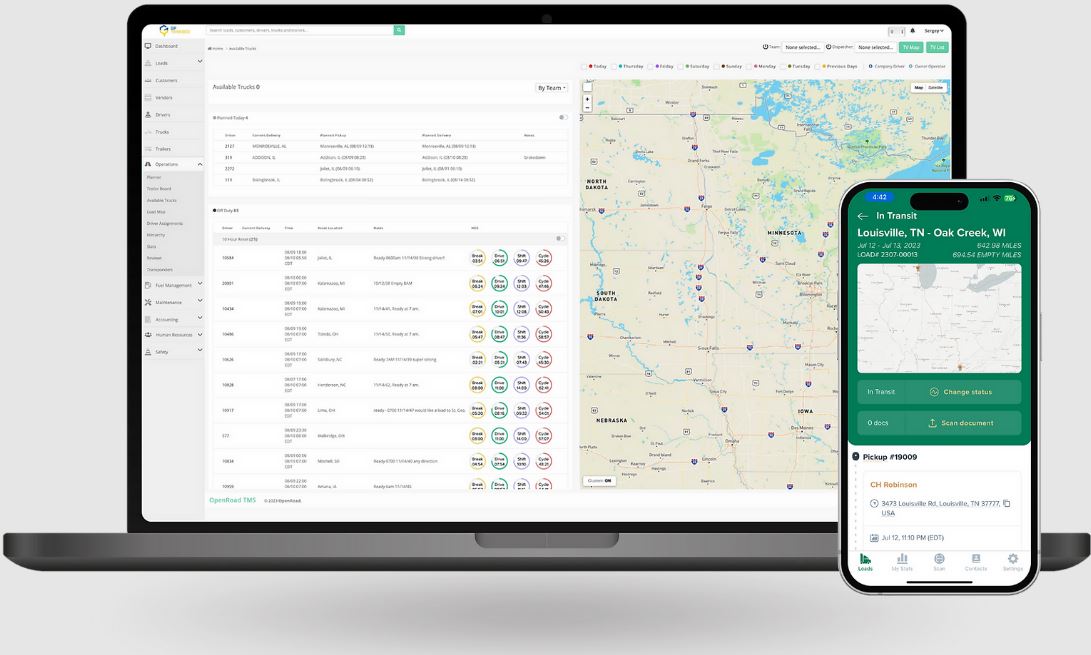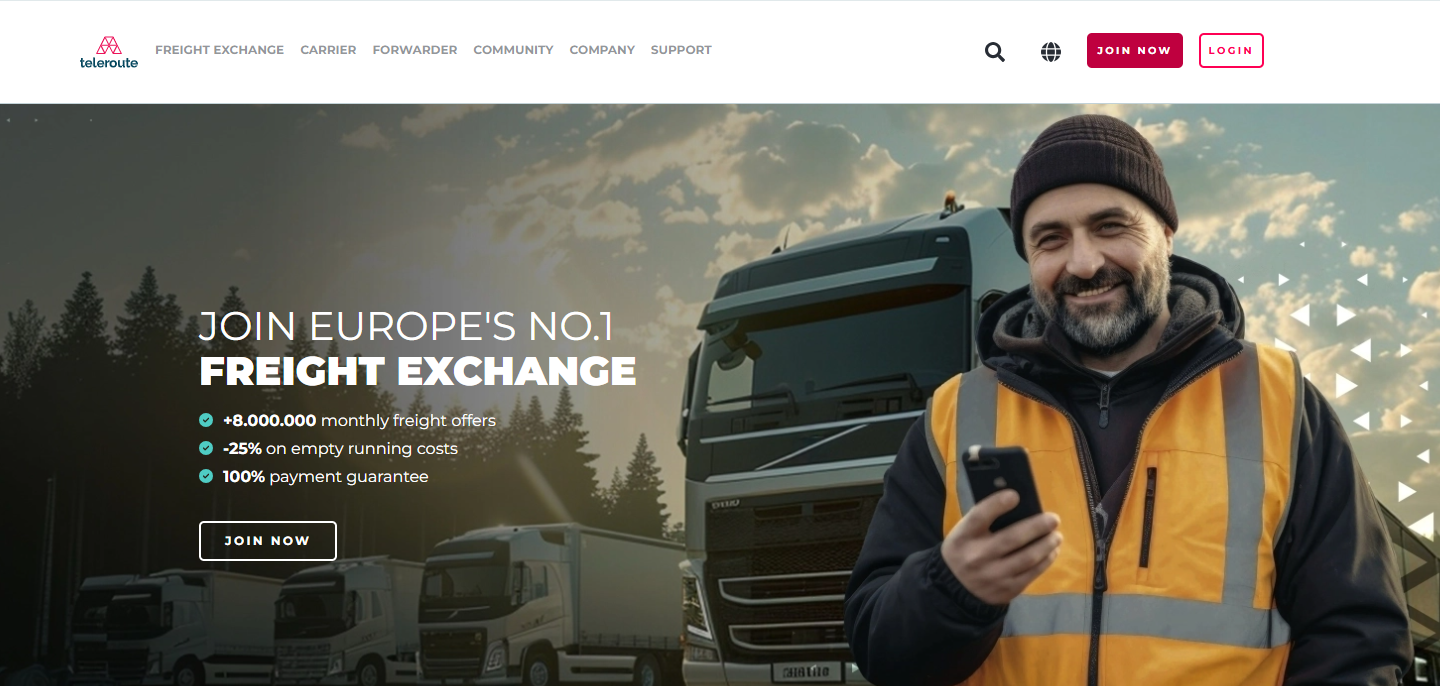5 successful freight tech launch examples (and what they got right)

.png)

.png)
Launching new freight tech isn’t just about ticking boxes on a release plan—it’s about helping your team adapt fast and with confidence. From dock workers to dispatchers to drivers, a successful launch means meeting users where they are, guiding them through change, and minimizing disruption.
In this post, we highlight five real-world freight and distribution product launch examples that show how thoughtful planning, contextual onboarding, and iterative improvement can transform adoption outcomes.
In the freight and distribution industry, technology launches are more than marketing events—they’re operational milestones. A TMS update, visibility platform integration, or new driver safety dashboard can impact hundreds of shipments, drivers, or compliance protocols. Launching these products effectively is critical to ensure user trust, stakeholder alignment, and successful adoption.
Unfortunately, many freight tech rollouts fall flat. A quick email announcement or a poorly timed platform update can confuse dispatchers, frustrate warehouse workers, and delay training timelines. In high-stakes logistics environments, the margin for error is slim.
This article walks through successful product launch strategies tailored to the freight and logistics sector. Whether you're releasing a new ELD module, yard automation upgrade, or real-time tracking feature, these principles will help you drive engagement and minimize disruption.
A strong product launch in the freight and logistics space should do more than introduce a feature—it should empower every role to succeed with the change. Whether it impacts driver safety logs, dispatch workflows, or yard check-ins, the launch should feel intuitive, timely, and relevant.
Key traits of a successful freight software launch include:
1. Map impact by role Start with a user impact map. Understand how the change touches each group—from drivers to warehouse staff to back-office teams. This lets you target communication and training more effectively.
2. Roll out in phases Where possible, avoid launching to everyone at once. Use opt-in previews or beta access with select regions or terminals. This allows time for feedback and fine-tuning.
3. Communicate through the platform Your users aren’t checking their inbox during a double shift. Deliver updates via tooltips, modals, and banners within the tools they already use.
4. Train by doing Guide users through key workflows with interactive walkthroughs. Let them learn by completing real tasks—like booking a load, scanning a pallet, or reviewing ETA updates.
5. Prepare your support team Arm your helpdesk with FAQs, scripts, and knowledge base articles before the launch. Prepping support in advance can significantly reduce post-launch ticket volume.
6. Align launch with goals Tie each announcement to an action: "Add your first safety note" or "Try the new schedule view." This helps users connect the update to immediate value.
Fr8Tech didn’t just add another feature in July 2024—they launched Waavely, a full-on ocean freight booking platform built right into their TMS. For container shippers juggling carriers, visibility gaps, and port delays, this was a big deal.
Instead of a clunky bolt-on, Waavely feels like a natural part of the platform. It’s modular, meaning teams could try it without committing to a full system overhaul. The result? Faster adoption, smoother workflows, and a noticeable lift—Fr8Fleet saw 42% YoY growth, partly thanks to Waavely users ramping up quickly.

Why it worked:
It’s a solid example of how layering in new capabilities—without overwhelming your ops team—can pay off fast.
After a year of groundwork (and some serious backend upgrades during the Waavely rollout), Fr8Tech officially launched Fleet Rocket in February 2025. It’s a flexible, full-featured TMS built for brokers, shippers, and fleet operators working across the US, Mexico, and Canada.
What made this launch stand out wasn’t just the tech—it was the ease of getting started. Small and mid-sized logistics teams could plug it in, go live fast, and start seeing ROI without a six-month implementation slog.

Why it worked:
By the time it launched, Fleet Rocket already had traction thanks to early testers from Waavely’s expansion push. It’s a solid case of how connected launches (and momentum from one product) can help the next one hit the ground running.
At their September 2024 User Conference, McLeod rolled out some big updates to LoadMaster and PowerBroker//web—this time powered by AI. These weren’t just dashboard tweaks. Think predictive analytics, live market signals, and automated workflows that actually take things off a dispatcher’s plate.
Instead of just managing loads, McLeod’s TMS now helps optimize them. And by launching it live at their user event, McLeod got instant feedback from real users—not just applause from the keynote crowd.

Why it worked:
This move helped reposition McLeod’s platform as more than just a tool—it’s evolving into a true decision-support system. And they didn’t just ship features—they shipped confidence that users could act faster and smarter.
In 2024, GP Transco made a smart move: they opened up OpenRoad, their internal TMS, to third-party carriers. What started as a tool built for their own fleet became a polished SaaS platform packed with all the right freight tech bells and whistles—AI routing, built-in telematics, planning tools, even solar-powered trackers.
Instead of reinventing the wheel, they scaled what already worked—and gave smaller carriers access to big-fleet tools.

Why it worked:
It’s a textbook example of how repackaging internal innovation can unlock value—not just for customers, but for the company’s own bottom line.
Teleroute rolled out a suite of smart upgrades in mid‑2024 that made its European freight exchange smoother for everyone—without needing a full platform overhaul. Instead of a big splash, they opted for modular rollouts that upgraded search matching, quoting automation, and API access quietly but effectively.
With 70,000+ users relying on Teleroute daily, the focus was clear: don’t break what people already trust—just make it faster and smarter.

Why it worked:
Teleroute’s move shows that even incremental launches can drive serious value—especially when they target day-to-day friction points for brokers and carriers.
Launching is just the start. The real measure of success is adoption: Are people using the tool correctly, consistently, and confidently?
Post-launch best practices include:
Measure key KPIs such as:
Activation rate: Track the percentage of users who complete a high-value workflow within the first 7 days, such as logging a driver’s first trip, scanning a pallet, or submitting a safety report.
Retention rate: Measure how many users return to the platform within 14 to 30 days. This helps determine whether the software is becoming part of daily operations.
Workflow completion time: Analyze whether new features or updates have shortened critical tasks, like assigning loads, verifying shipments, or scheduling pickups. Faster workflows indicate successful learning and efficiency gains.
Support load: Monitor how many support tickets are generated post-launch. A spike may reveal confusing UI, poor documentation, or gaps in onboarding.
Feedback rating: Use in-app surveys and feedback prompts to gauge user sentiment. High satisfaction often correlates with better adoption and lower churn.
In-app nudges & drip emails: Keep users engaged with reminders that surface underused features. These nudges should be role-specific, such as prompting dispatchers to explore new ETA visibility tools or drivers to check recent compliance updates.
Monthly account reviews: For enterprise clients or large fleet operators, conduct regular check-ins to evaluate feature usage, answer questions, and surface upcoming updates. This builds trust and gives you a chance to coach users toward more efficient practices.
Refresher and role-based training: Create updated learning paths for new hires and existing users when workflows change. Offer bite-sized walkthroughs or self-guided tutorials that users can complete on demand without needing to contact support.
Data-driven optimization: Use analytics from your onboarding tools to see where users drop off, which flows are most effective, and what content drives engagement. Then iterate. Improve tooltips, clarify modals, and tweak walkthroughs based on real usage data.
Peer champions: Identify users who’ve adopted new features successfully and turn them into internal champions. Let them lead short demos, answer peer questions, or provide quotes for internal comms.
A strong post-launch strategy ensures the freight tech investment delivers measurable outcomes, from fewer late shipments to faster training of new warehouse staff. The more continuously you support users, the more value you’ll extract from your rollout.
Here’s what to keep in mind for your next freight software rollout:
With the right planning and support, your freight tech launch can drive real operational gains—not just feature awareness.
When your launch strategy prioritizes clarity, context, and continuous support, your freight tech tools become true operational assets—not just another system to log into.
Want to see how in-app experiences can simplify your next launch? Book a free walkthrough to learn how our tools help freight teams roll out updates faster, with fewer tickets and more engaged users.